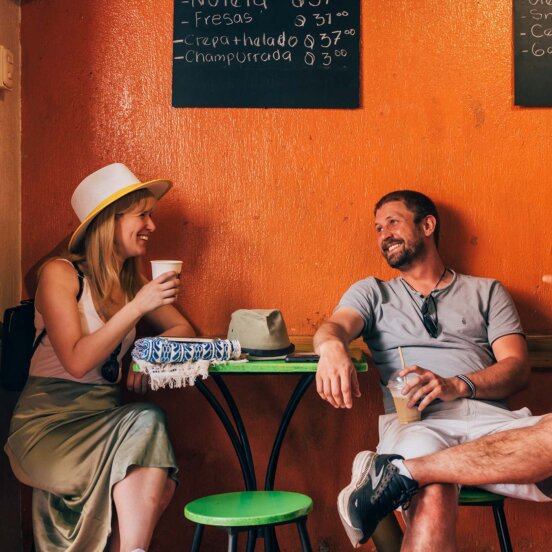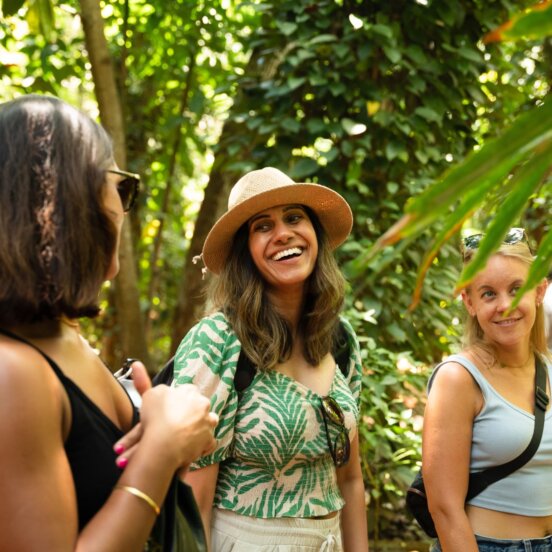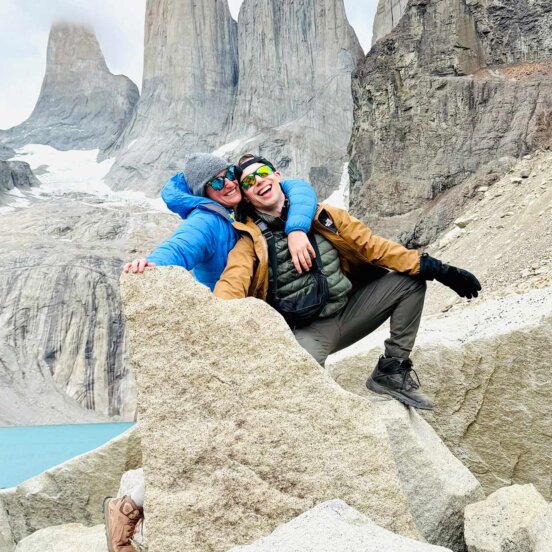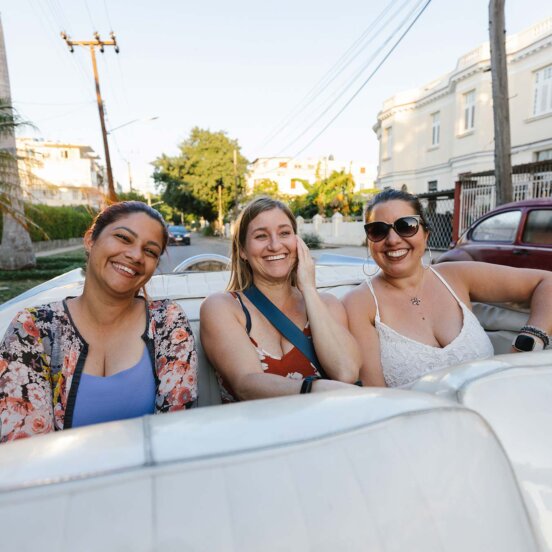“Ghosting” in friendship is rare – most people simply drift apart
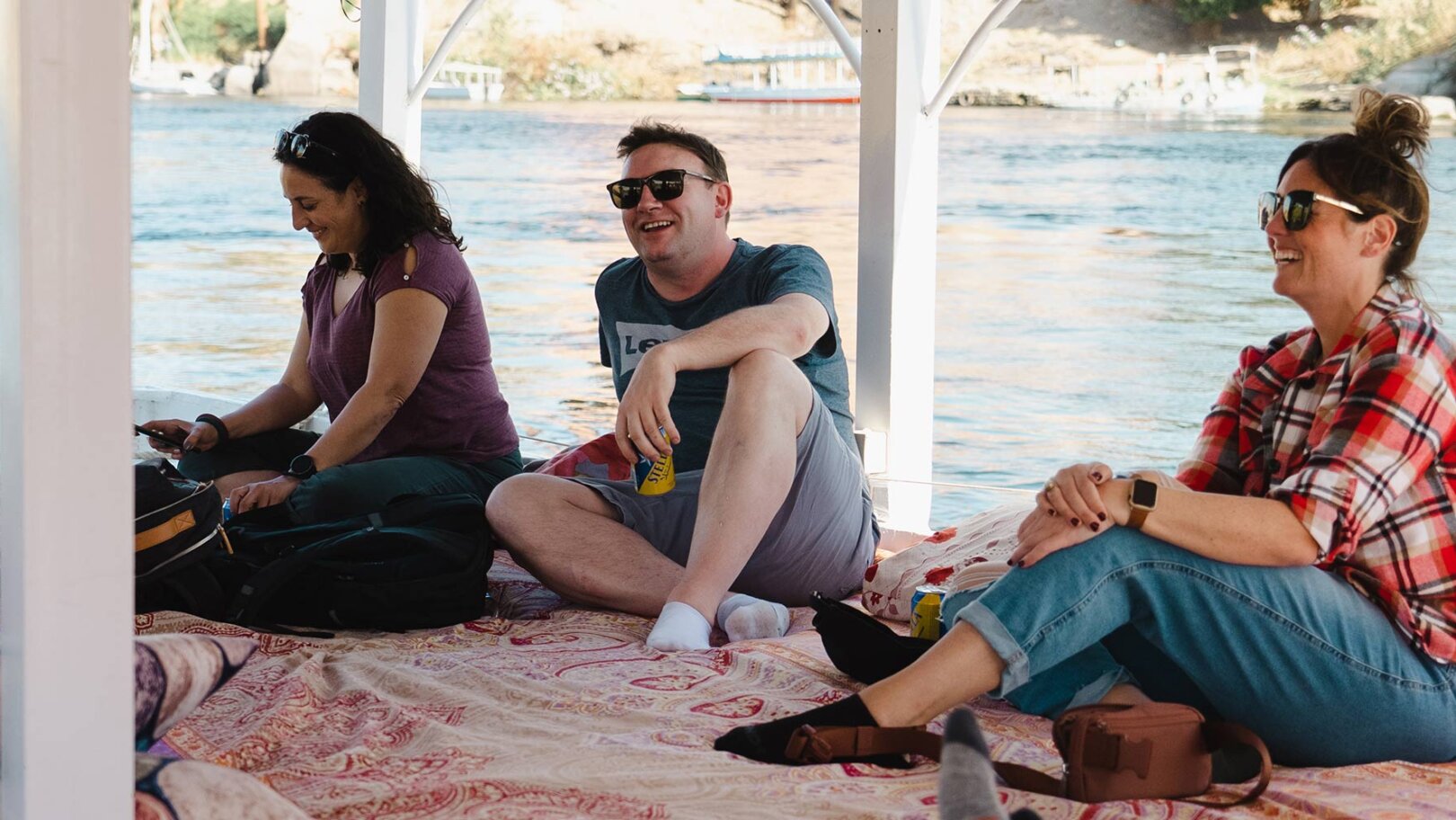
If there’s one thing professor and self-styled “friendship evangelist” Jeffrey A. Hall has learned over the course of his 16-year career, it’s this. We tend to put too much pressure on the concept – both for ourselves and the people we consider to be our friends.
Too often, says Hall, we judge ourselves for being “a bad person” or “somehow deficient” for not staying in touch with the friends we’ve made at university or in an old place of work. But most research shows that the ability to follow through – while a critical way of maintaining friendship in adulthood – is the exception, rather than the rule.
We judge ourselves for being ‘bad’ for not staying in touch
“I’m skeptical about the term ‘ghosting’ in friendship, because when you ask people to recall what happened in these incidents, they’ll describe how they’ve fallen out of the routine of talking to someone they were once close to,” says Hall. “That’s not ghosting, that’s just what people do.
“I must have been friends with about 50 people at college, from church to various clubs, my fraternity and the classes I attended. And out of that group, I stayed in touch with just four or five people. Now, I’m not mad at those other folks. They never said to me, ‘I hate you Jeff, this is over.’ It’s simply that life has gotten in the way.”
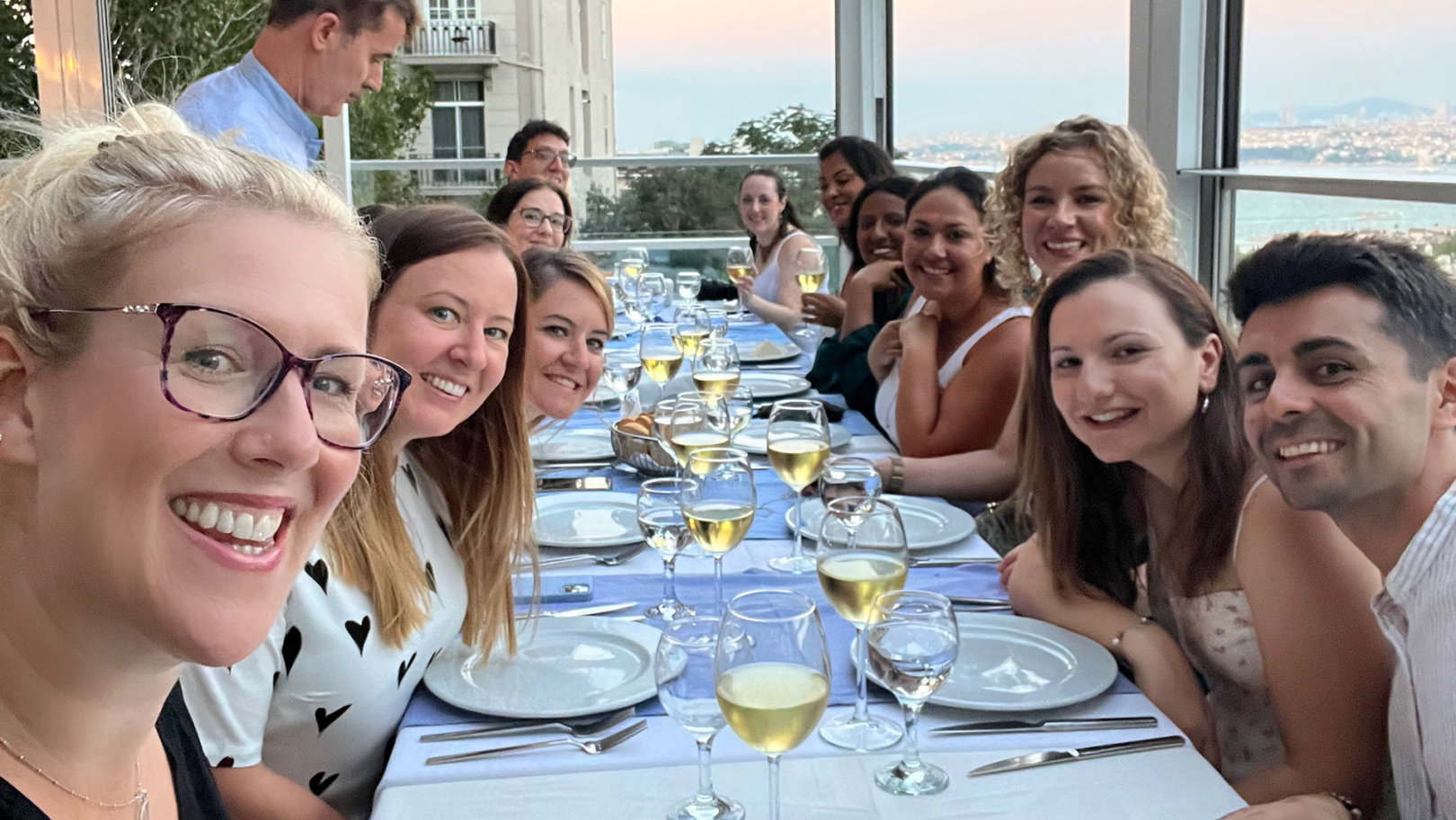
Having spent years studying how we talk to one another and form bonds at the University of Kansas – where he is Professor of Communication Studies – Hall has come to think of friendship as a slow-burn, unshowy affair.
His landmark 2018 study, “How many hours does it take to make a friend?”, went viral by shining a light on the kind of effort involved to maintain close relationships. Hall and his team discovered that it takes on average around 50 hours of time together to move from acquaintance to casual friend, 80-100 hours to secure “friend” status and over 200 hours together within a six-week period to reach the coveted “good” or “best” friend title.
Friendship often comes down to seeing the same people over and again
“I study the mundane ways in which our social lives unfold. The chit-chat, the small talk, the incidental conversations,” says Hall. Rather than the intense experience we imagine it to be, friendship “often comes down to seeing the same people over and over again. That’s why so many of our lifelong friends are born out of school or work.”
“We have a world that makes it very difficult to follow through in our relationships with one another,” he says. “As adults, we often have that experience where we feel an instant connection with someone. Or we say, ‘oh we should do this again sometime.’ But we never do.”
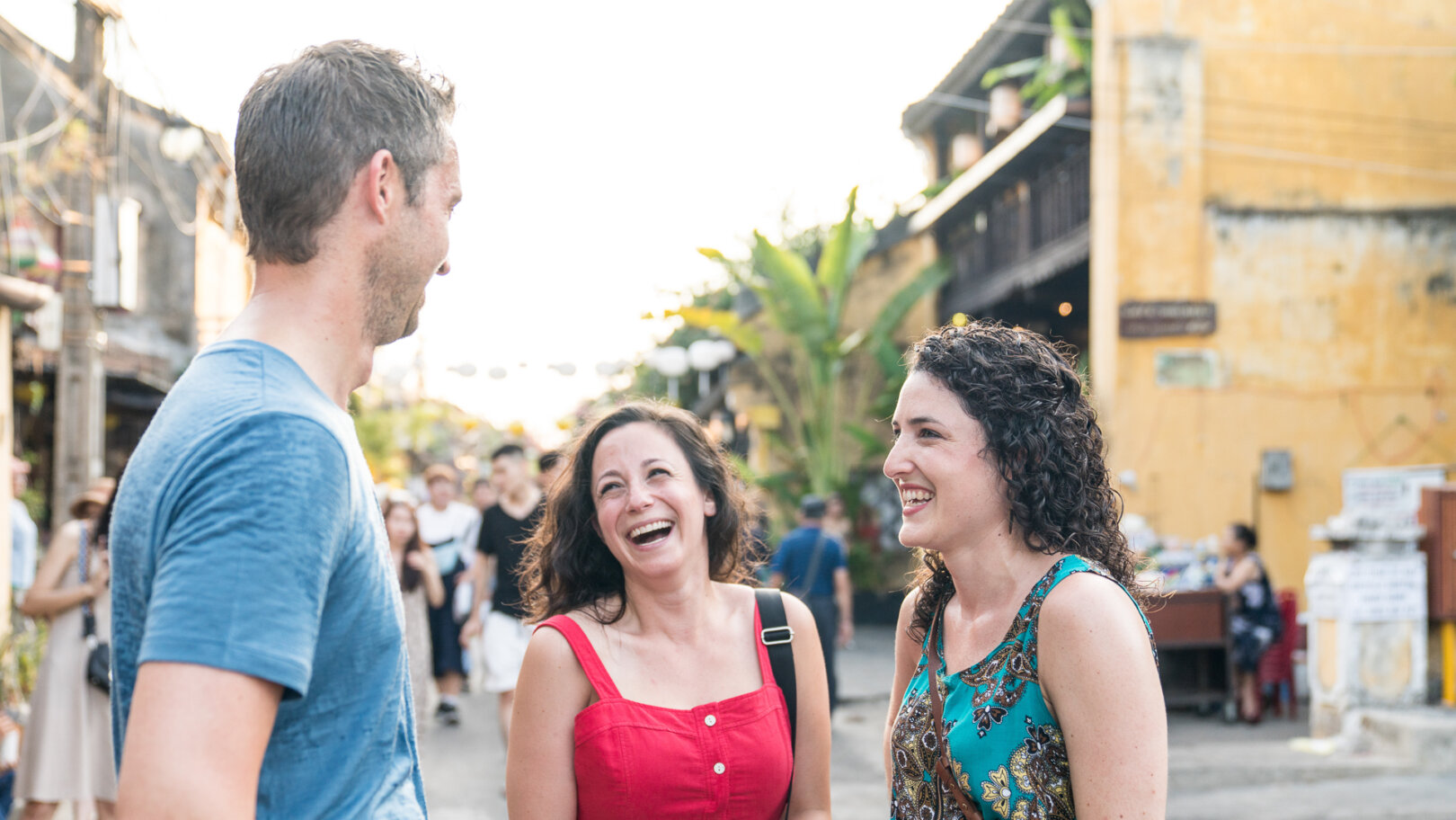
This realization – that most of us struggle to prioritize friendship – should come as a relief to anyone who believes they’re “doing it wrong”.
“I’m a big advocate of being intentional in how we organize our time; of holding space open for friendship to keep that connection alive,” says Hall. “But I’m also reminded that people are busy. They have marriages, families and jobs; all these things that are barriers to staying in touch. So I think we need to say it’s OK if we happen to drift apart from friends, even with the best intentions. It’s not a sign that a relationship has soured or somehow gotten worse.”
Make a commitment to keep talking. It’s as simple as that
In its simplest form, friendship is about making “a commitment to keep talking”, says Hall. And, while this step is key to the success of a lasting friendship, we should also acknowledge that “anything is better than nothing”. Ideally, we’ll visit a friend face-to-face. But if we can’t do that, even something as little as sending a meme or film clip can be enough to show that you care.
Hall also points to research that highlights the positive impact of getting in touch with old or lost friends. We tend to underestimate how positively people we haven’t spoken to – even in years – will receive a message out of the blue. And being aware of that positivity – and also the reluctance many initially feel to reach out – helps us feel comfortable in taking the risk.
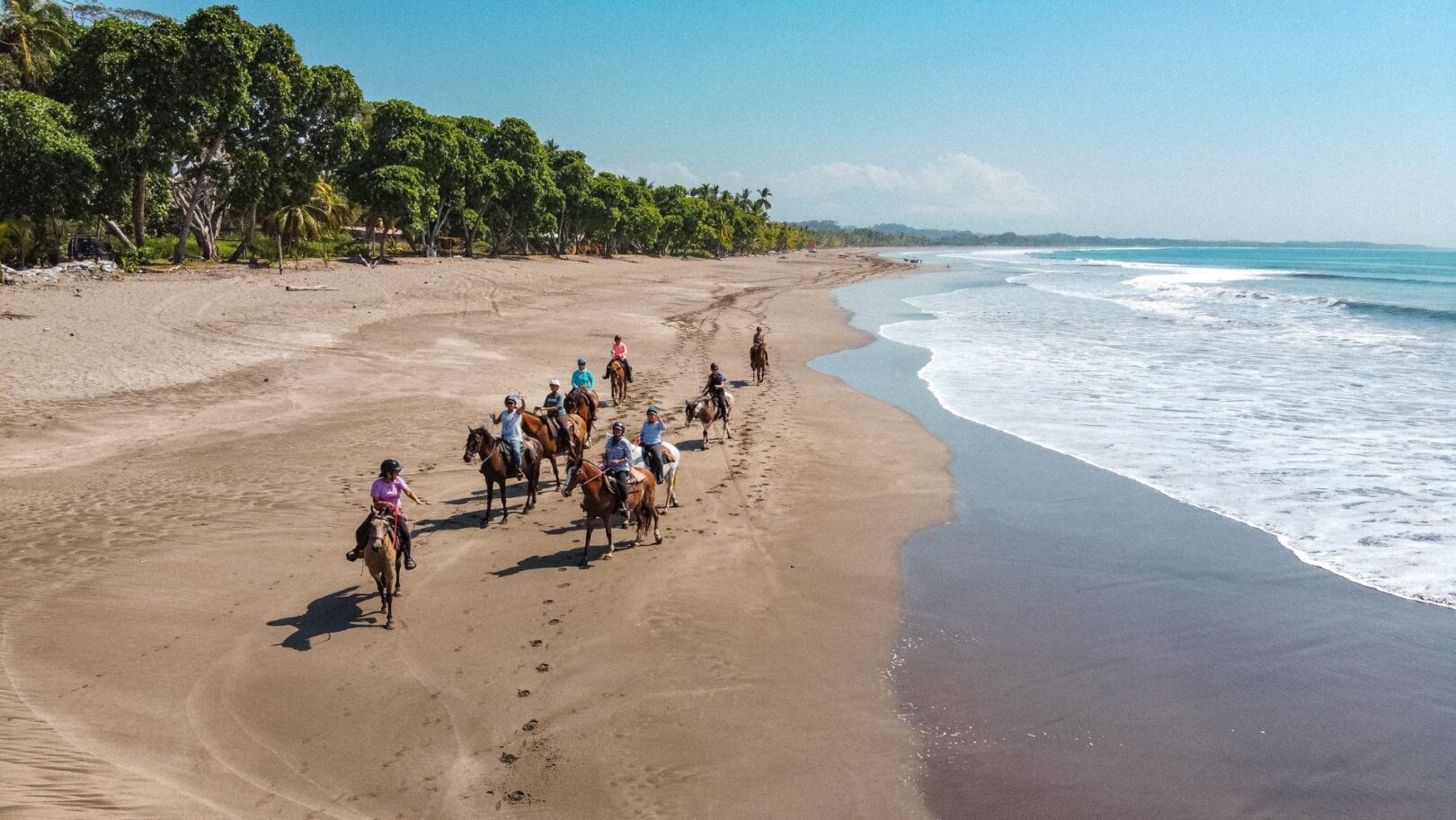
According to developmental psychology, we are most likely to make lots of friends in our teens and 20s; a period marked by our unique receptivity to new people and experiences. “There’s roughly a 10-year period where we have a very open and acquisitive sense about an unfolding social world that separates our identities from the families we grew up in,” Hall explains. “It would be amazing to recreate that openness in our 30s and 40s. But most people can’t simply walk away from our settled identity commitments – such as children or a career – in order to do so.”
One solution for nurturing midlife friendships is to create “brackets” in your life where you can deliberately experience a certain openness. This might include anything from developing your own hobby to joining a group solo travel adventure with like-minded people.
In vacation mode, you’re open to different versions of yourself
“By the time you’re in your 30s or 40s, your identities in life are very well-established,” says Hall. “But when you’re in vacation mode, especially with people you don’t know, you are open to a very different possibility for your identity. It’s a self that is built around things that you’re not in your normal everyday life.
“The joy of seeing yourself be a different person briefly is undoubtedly pleasing,” he adds. But again, the challenge comes down to keeping the momentum going with group chats or planning a new adventure after your time together has ended. “It’s about making the choices that say, ‘I value you and what we did together enough to do this again,’” notes Hall.
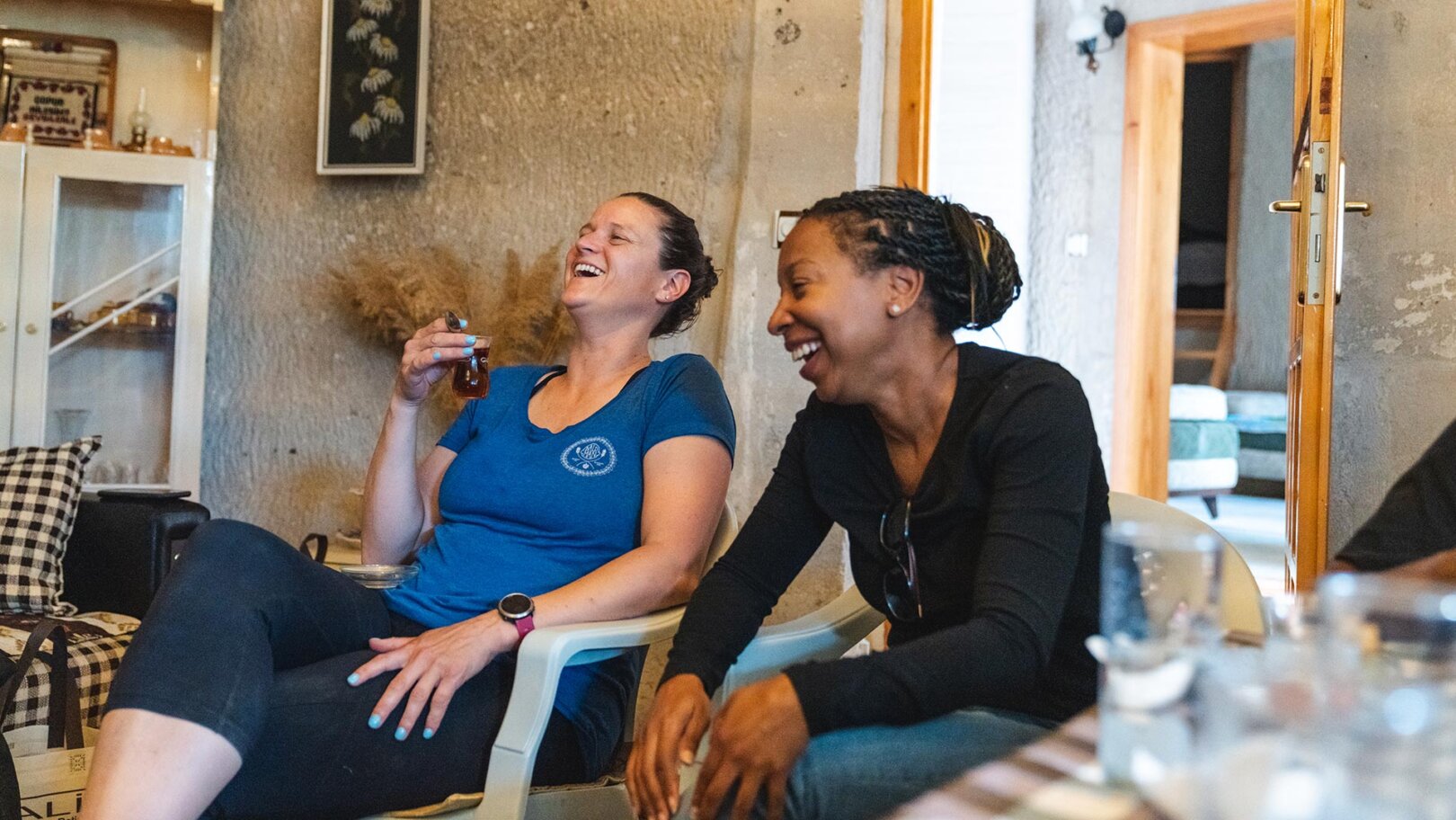
There are two other elements that could help with both forging new friendships. The first is not to force a sense of intimacy. While vulnerability and emotional support can be an important part of friendship (one that men typically struggle with more than women), “people should progress with a level of self-disclosure that’s comfortable to them in the moment,” says Hall. “It’s more important to simply be open to listening. Showing an interest in what others have to say is a great way of being present.”
Another “judo” move is to avoid being too prescriptive, in terms of imposing your own set of expectations of what a good friendship should look like. “There’s no clear pathway to friendship,” says Hall. “So you can’t take a set of expectations from one friendship, and plop it on another. Or say something like, ‘this person might be toxic, because they always dominate the conversation, or they don’t go deep in the way that I expected.’ Because that attitude ignores the fluid nature of friendship.”
Be open to listening. Show an interest in what others have to say
Since all friendships are manifested by the two people in them, you have to lean into whatever dynamic takes shape – accepting people as they are, rather than coming in with a pre-set playbook. The same goes for anticipating an immediate connection with a potential friend; something that’s encouraged by the rise of friendship apps such as Bumble BFF. “That kind of set-up resembles dating. It puts a lot of pressure on that first meeting, which is not how a typical friendship develops,” Hall says. “It’s more likely to unfold over a series of tiny transitions that lead you to coordinating your life around another person.
“That’s what solidifies a friendship,” he says. “You get to know a person in multiple parts of their lives, and share different types of experiences together. It’s a process of time, but also of richness and depth in understanding one another. And it’s all fostered by that continual willingness and excitement to show up for our friends.”
Professor Jeffrey A. Hall (PhD University of Southern California) is a Professor of Communication Studies, Associate Chair, and Director of the Relationships and Technology Lab at the University of Kansas.
Got a story or adventure that could inspire a solo traveler like you? Tag @flashpack on social or email [email protected] to be featured.
Images: Flash Pack





